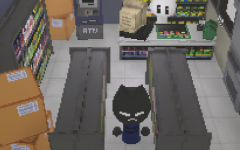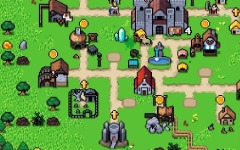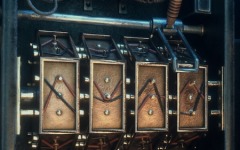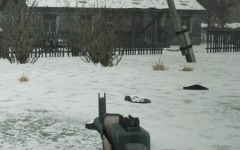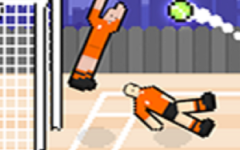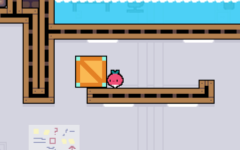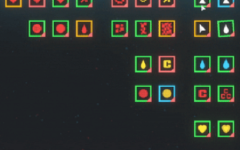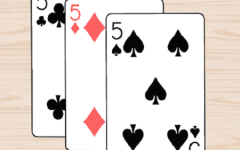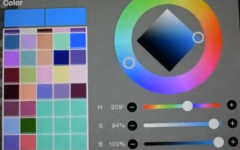Advertisement
Hollowbrook – Apartments
Advertisement
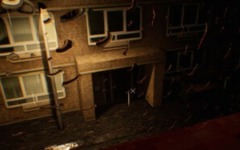
Hollowbrook – Apartments is a contained narrative game that takes place over the course of one night inside a single apartment building. The player takes on the role of Jenny, a new resident who begins to notice irregularities in her surroundings as a storm isolates the building from the outside world. The entire experience unfolds within this limited space, using environment and player input to construct the flow of events. The goal is not escape but understanding—discovering how the building operates and what connects its residents.
Gameplay Principles
The game focuses on observation, movement, and selective choice. Each area of the apartment complex functions as a small system with its own triggers and outcomes. There is no combat or inventory management; interaction is direct and functional. The player explores, interacts with objects, and reacts to events that change the sequence of the story. Hollowbrook – Apartments uses a checkpoint structure that saves progress at key moments, allowing the player to continue without repeating entire sections after failure.
Session Structure
Every playthrough follows a consistent loop of discovery and consequence:
- Begin as Jenny inside her apartment at the start of the storm.
- Explore nearby rooms and hallways to locate interactive elements.
- Make situational choices that affect how the story continues.
- Reach checkpoints that divide major events into sections.
- Conclude the night with one of several available endings.
This approach allows the same physical space to support multiple outcomes through variations in player decisions.
Narrative Function
The apartment complex operates as both setting and storytelling device. Each room contains fragments that hint at prior tenants, maintenance issues, or unexplained activity. Through repeated exploration, the player pieces together a timeline that shifts depending on earlier actions. Dialogue is minimal, leaving most interpretation to environmental clues. The tone and sequence of events evolve as the player gains awareness of how the building responds to Jenny’s movements and decisions.
Development Context
Hollowbrook – Apartments was developed and released by Yetiface Games in 2025 as a short independent title. It serves as a standalone story within the larger Hollowbrook setting. The project demonstrates how minimal resources and confined architecture can create replayable structure through consequence-based design. By replacing linear progression with spatial repetition, the game turns a small interior into a variable system of cause, reaction, and eventual resolution.


























































































































